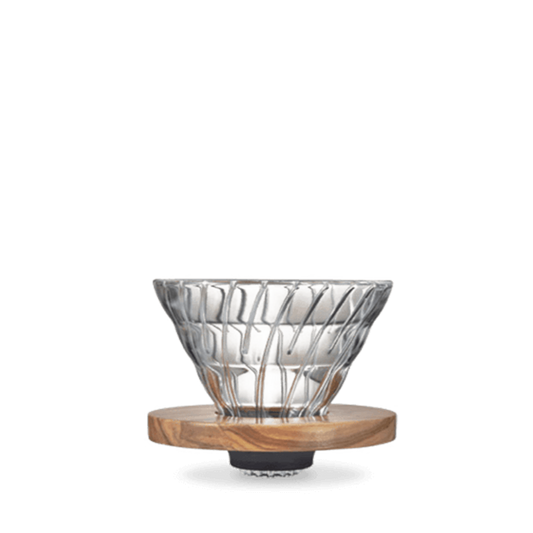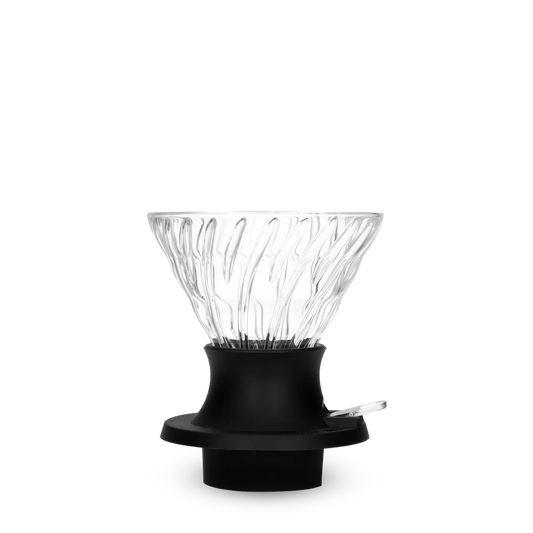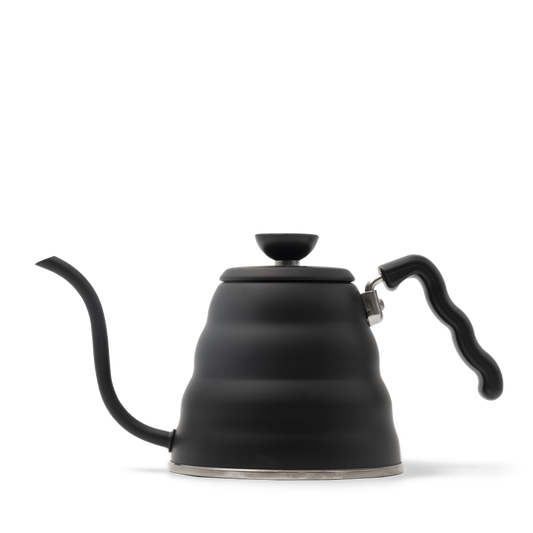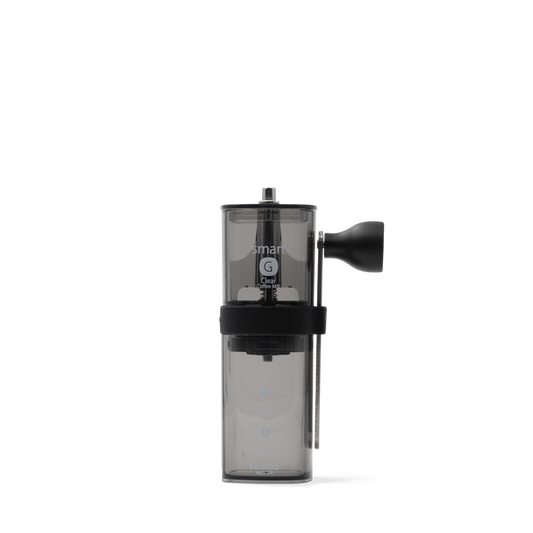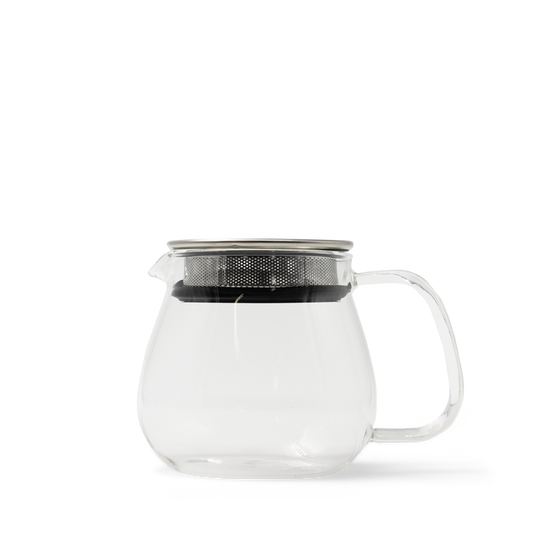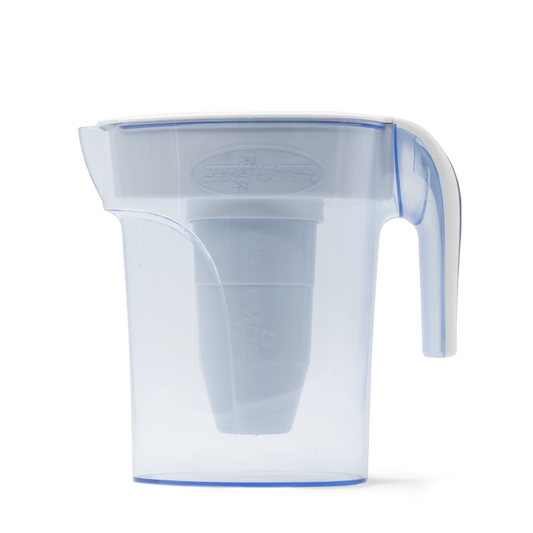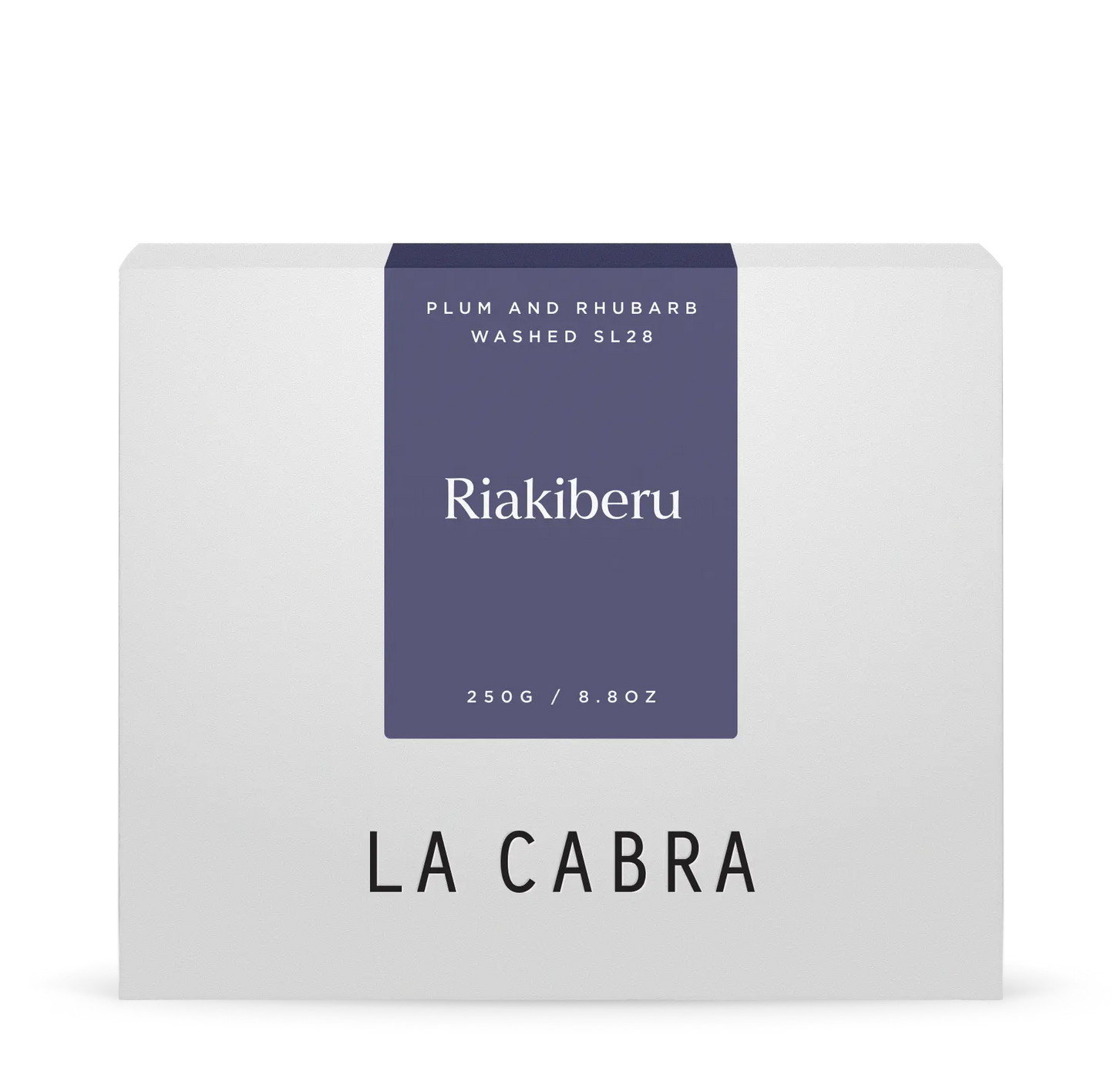
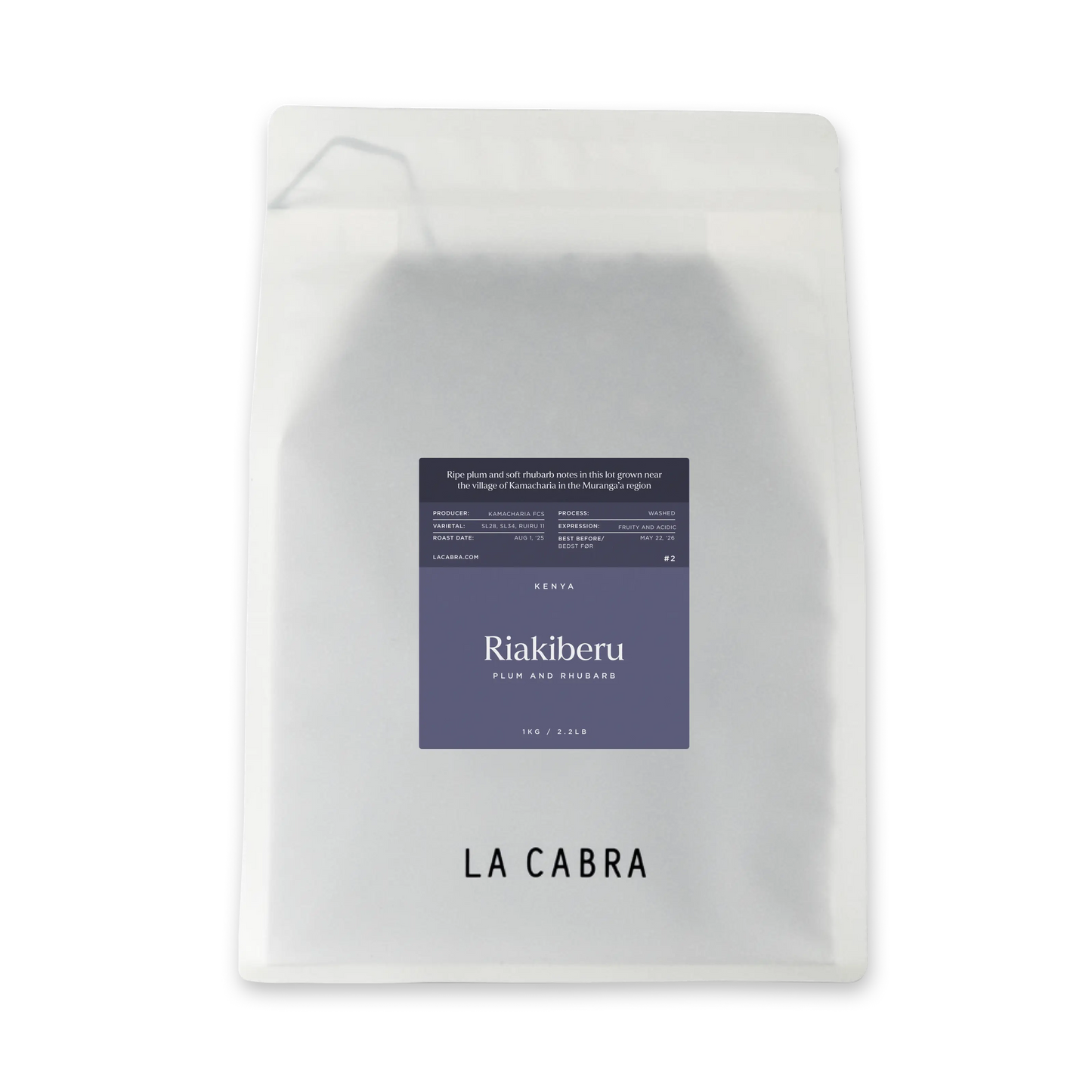
Riakiberu
The Riakiberu Coffee Factory is owned by the Kamacharia Farmers Co-operative Society, established in 1994. The co-op has 1400 members, scattered throughout the area around the village of Kamacharia, where the factory is located. The factory is located at 1650 masl, in the Muranga’a Region, just 4 km from the border with Nyeri. The region lies slightly further to the south of Mt. Kenya than many of the more famed Kenyan growing regions, closer to the Aberdare mountain range to the west. It is also therefore closer to Nairobi, and has seen some effects of the huge growth of the city and it’s surrounding urbanisation.
This lot from Riakiberu is tasting ripe and dense, with ripe plum and soft rhubarb notes.

The Kamacharia cooperative is very professionally run; their cherry selection, fermentation, sorting and separation is of incredibly high quality, leading to excellent coffee. The cherries are first de-pulped mechanically, as soon as they arrive at the factory. The cherries should arrive for de-pulping as soon as possible after picking, hence why cooperatives make a great effort to have factories located close to concentrations of smallholders. After de-pulping, the seeds are covered in a layer of sticky fruity pulp, or mucilage. The mucilage is fermented in large tanks for between 12 and 24 hours, breaking it down to a point that it can be thoroughly ‘washed’ from the seeds, using long washing channels.
Then, before drying, the cherries are taken to another set of fermentation tanks, and fermented again under water, normally for a shorter time, between 10 and 12 hours. This ‘double soak’ is popular in Kenya, and is useful not only for enhancing the cleanliness and intensity of the final cup, but also as a second opportunity to sort for lower density floating seeds, as these are often of lower quality, or from unripe cherries. Each lot that is processed is kept separate throughout the process, allowing each to be cupped separately. This allows the management of the mill to assess patterns of quality and continuously improve.
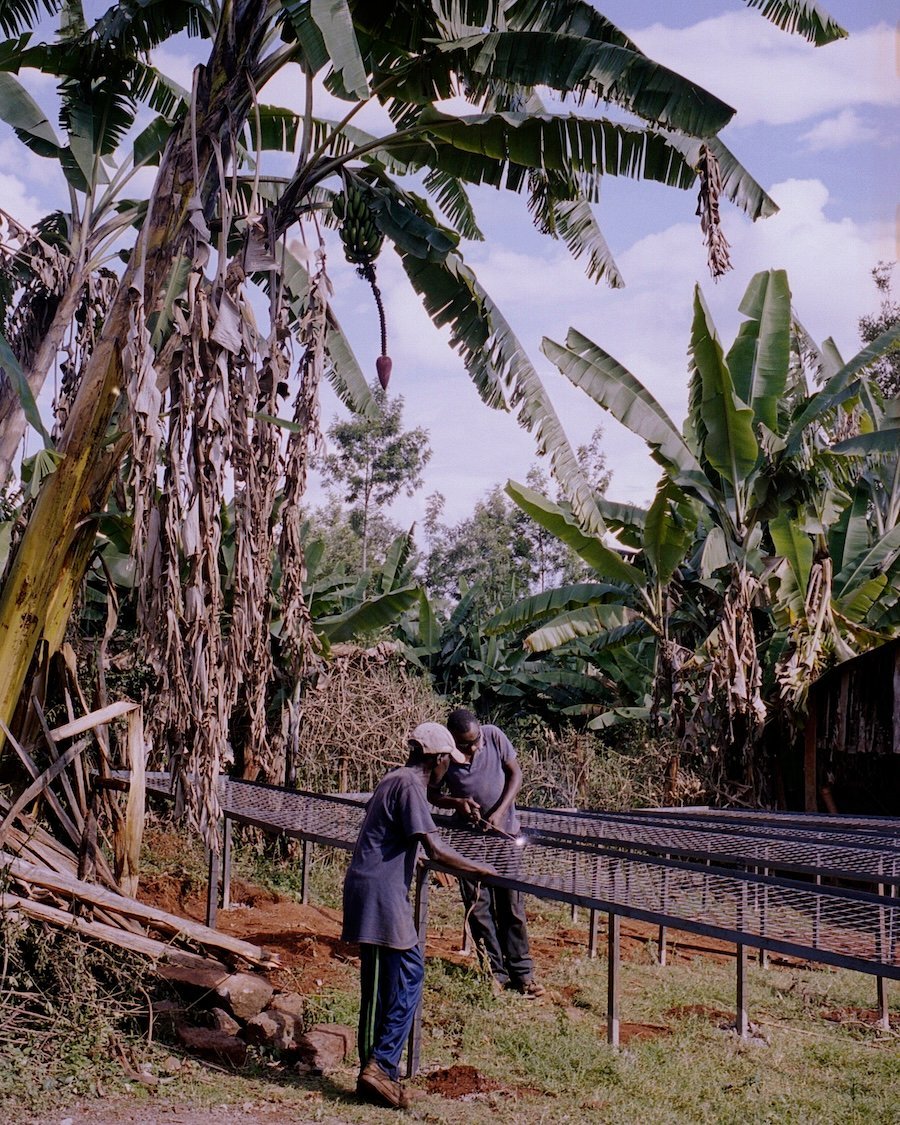
There is always a degree of unpredictability however, so cupping continuously is the only way to find the finest lots of the harvest, especially in recent years as hybrid varietals have increased in use, and many mills have increased capacity in an attempt to cash in on record prices for Kenyan coffee. For this reason, we cupped several hundred coffees together with exporters in Nairobi this winter, searching for the finest lots to share with you this season.















